Tokenization of assets is slowly but surely changing the way we look at and interact with ownership. At the essence of it, asset tokenization involves creating digital representations of real-world assets on blockchain networks. These digital tokens, often called blockchain assets, can represent anything from real estate and art to commodities and securities.
This process has a great potential to change industries for the better by providing greater liquidity, accessibility, and efficiency. Read on as we’ll explore the concept of asset tokenization, its benefits, the process involved, and its potential impact on various sectors.
What is Asset Tokenization?
The act of turning ownership rights in a physical item into a digital token on a blockchain is as asset tokenization. This token serves as a safe, transparent means of proving and transferring ownership by acting as a digital certificate of ownership.
In contrast to conventional assets, which need paper records or middlemen, smart contracts on blockchain network manage tokenized assets. This guarantees security and transparency while also streamlining transactions.
Key Elements of Asset Tokenization:
- Real-World Assets: Physical items like real estate, art, or commodities.
- Blockchain Assets: Digital tokens representing the real-world assets.
- Digital Ownership: Ownership recorded and verified on the blockchain.
- Tokenized Securities: Financial instruments represented as digital tokens.
The Benefits of Asset Tokenization
Compared to conventional asset management techniques, asset tokenization has a number of benefits. The way we purchase, sell, and handle assets may change as a result of these advantages, becoming more effective and accessible.
- Increased Liquidity: Tokenization can unlock liquidity in traditionally illiquid assets. For example, selling a portion of real estate through tokenized shares allows owners to access cash without selling the entire property.
- Fractional Ownership: Tokenization enables the division of assets into smaller units, allowing investors to purchase fractions of expensive assets. This allows a broader audience to have investment opportunities.
- Transparency and Security: Blockchain technology ensures that all transactions and ownership details are recorded transparently and securely. This reduces the risk of fraud and provides a clear ownership trail.
- Lower Costs: By eliminating intermediaries, tokenization can reduce transaction costs and fees. Smart contracts automate processes, making transactions faster and more cost-effective.
- Global Accessibility: Tokenized assets can be accessed and traded globally, providing investors with opportunities beyond their local markets.
The Process of Tokenizing Real-World Assets
The tokenization of real-world assets involves several steps. Each step ensures that the blockchain accurately represent and manage the asset.
- Asset Selection: The first step is identifying the asset to be tokenized. This can include real estate, art, commodities, or securities.
- Valuation and Legal Compliance: The asset must be accurately valued, and legal considerations must be addressed. This may involve obtaining appraisals and ensuring compliance with local regulations.
- Token Creation: Digital tokens that represent the asset are created on a blockchain platform. smart contracts often back these tokens by defining ownership rights and conditions.
- Distribution and Sale: Tokens are distributed to investors, either through private sales or public offerings. This may involve using a platform that specializes in tokenized assets.
- Secondary Market Trading: Once tokens are issued, they can be traded on secondary markets. This provides liquidity and allows investors to buy and sell tokens as needed.
Real-World Applications of Asset Tokenization
Various industries explore and implement asset tokenization. Below are some notable applications:
- Real Estate: Tokenization allows for fractional ownership of properties, making real estate investment more accessible. Investors can buy and sell tokenized shares, providing liquidity in an otherwise illiquid market.
- Art and Collectibles: Tokenizing art and collectibles provides a secure way to prove ownership and trade these assets. It also allows for fractional ownership, enabling more people to invest in high-value items.
- Commodities: Commodities like gold, oil, and agricultural products can be tokenized, providing a digital way to trade these assets. This can streamline the trading process and provide more transparency.
- Financial Instruments: Tokenized securities, such as stocks and bonds, offer a digital way to trade traditional financial instruments. This can reduce costs and increase accessibility for investors.
Challenges and Considerations
While asset tokenization offers numerous benefits, it also presents challenges and considerations. These must be addressed to fully realize the potential of this technology.
- Regulatory Compliance: Different jurisdictions have varying regulations regarding tokenized assets. Navigating these regulations can be complex and requires careful consideration.
- Security Concerns: While blockchain technology offers security, it is not immune to cyberattacks. Ensuring the security of tokenized assets is critical to prevent fraud and theft.
- Market Adoption: The success of asset tokenization depends on market adoption. Investors, regulators, and industry players must embrace this technology for it to thrive.
- Valuation and Transparency: Accurately valuing tokenized assets and ensuring transparency is crucial. Inaccurate valuations can lead to investor mistrust and market instability.
Case Studies and Examples
To illustrate the potential of asset tokenization, let’s explore a few real-world examples:
Example 1: Tokenized Real Estate
In 2018, a luxury condo in Manhattan was tokenized and sold to investors. This allowed multiple investors to own shares of the property, providing liquidity and fractional ownership. The project demonstrated how tokenization could revolutionize real estate investment.
Example 2: Tokenized Art
A digital art platform enabled artists to tokenize their artwork and sell it as NFTs (Non-Fungible Tokens). This provided artists with a new revenue stream and allowed collectors to invest in digital art with verifiable ownership.
Example 3: Tokenized Commodities
A blockchain platform tokenized gold, allowing investors to buy and trade digital tokens backed by physical gold. This provided a secure and transparent way to invest in gold, with the flexibility of digital trading.
Future Prospects and Opportunities
The future of asset tokenization is promising, with numerous opportunities for growth and innovation. As technology advances and regulatory frameworks evolve, we can expect to see increased adoption and new applications.
- Expansion of Tokenized Markets: As more assets become tokenized, we can expect to see an expansion of tokenized markets. This includes not only traditional assets but also new and emerging asset classes.
- Integration with DeFi: Decentralized Finance (DeFi) platforms are integrating tokenized assets, providing new ways to trade, lend, and borrow. This integration can enhance liquidity and provide new investment opportunities.
- Innovations in Digital Ownership: Advances in digital ownership, such as self-sovereign identity and smart contracts, can enhance the management and security of tokenized assets.
- Increased Accessibility: As tokenization platforms become more user-friendly, we can expect greater accessibility for retail investors. The financial system may become more inclusive as a result of the democratization of investment options.
Asset tokenization is a powerful tool that bridges the digital and physical worlds, offering new ways to own, trade, and manage real-world assets. By leveraging blockchain technology, tokenized assets provide increased liquidity, transparency, and accessibility.
As we move forward, asset tokenization will likely play a crucial role in shaping the future of finance and investment. Whether you’re an investor, a business owner, or a curious observer, understanding asset tokenization is essential for navigating the evolving landscape of digital ownership.
Remember, investing in cryptocurrencies involves risks, and it’s important to conduct thorough research and seek professional advice before making any financial decisions. (Please keep in mind that this post is solely for informative purposes and should not be construed as financial or investment advice.)










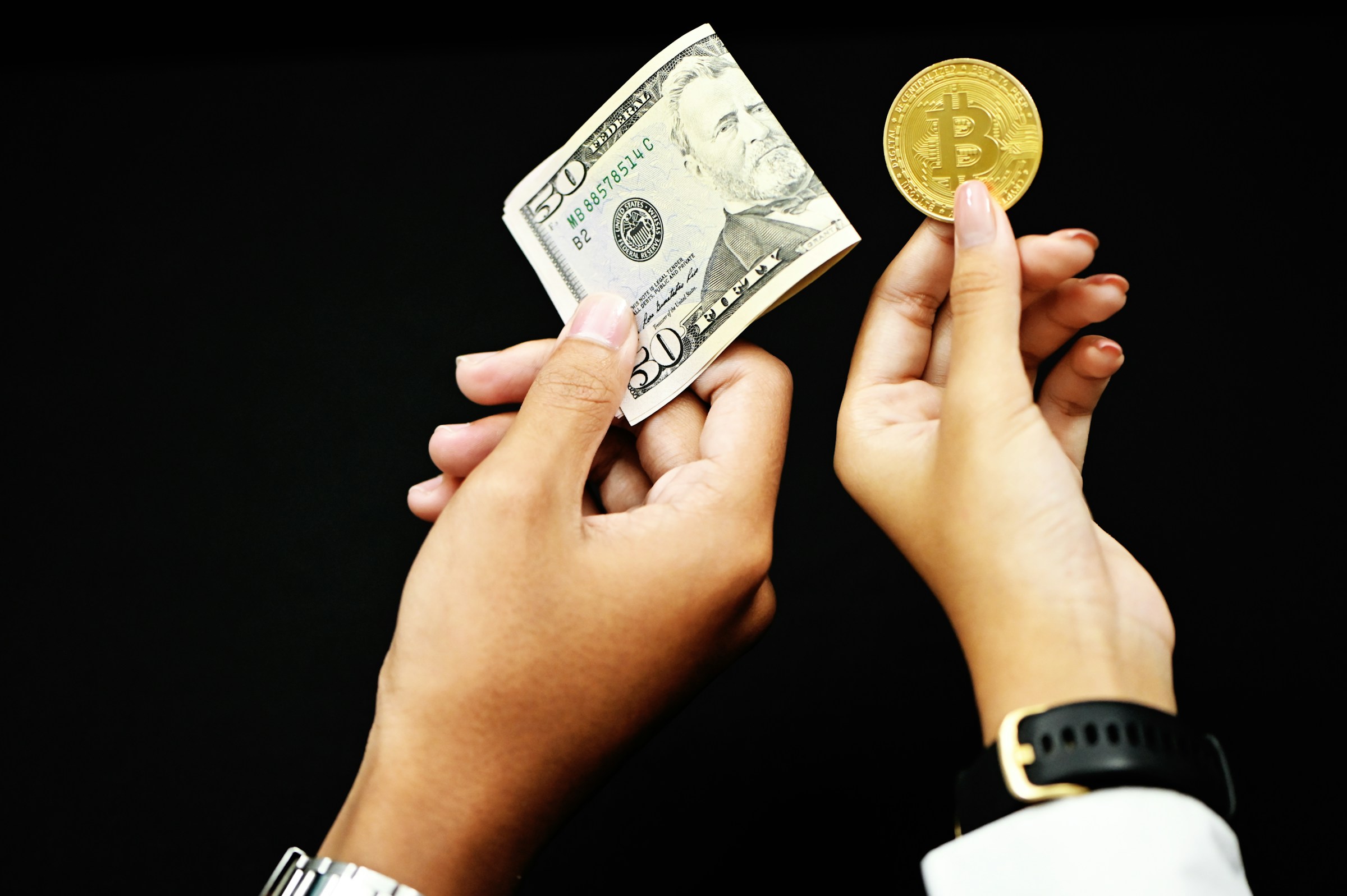


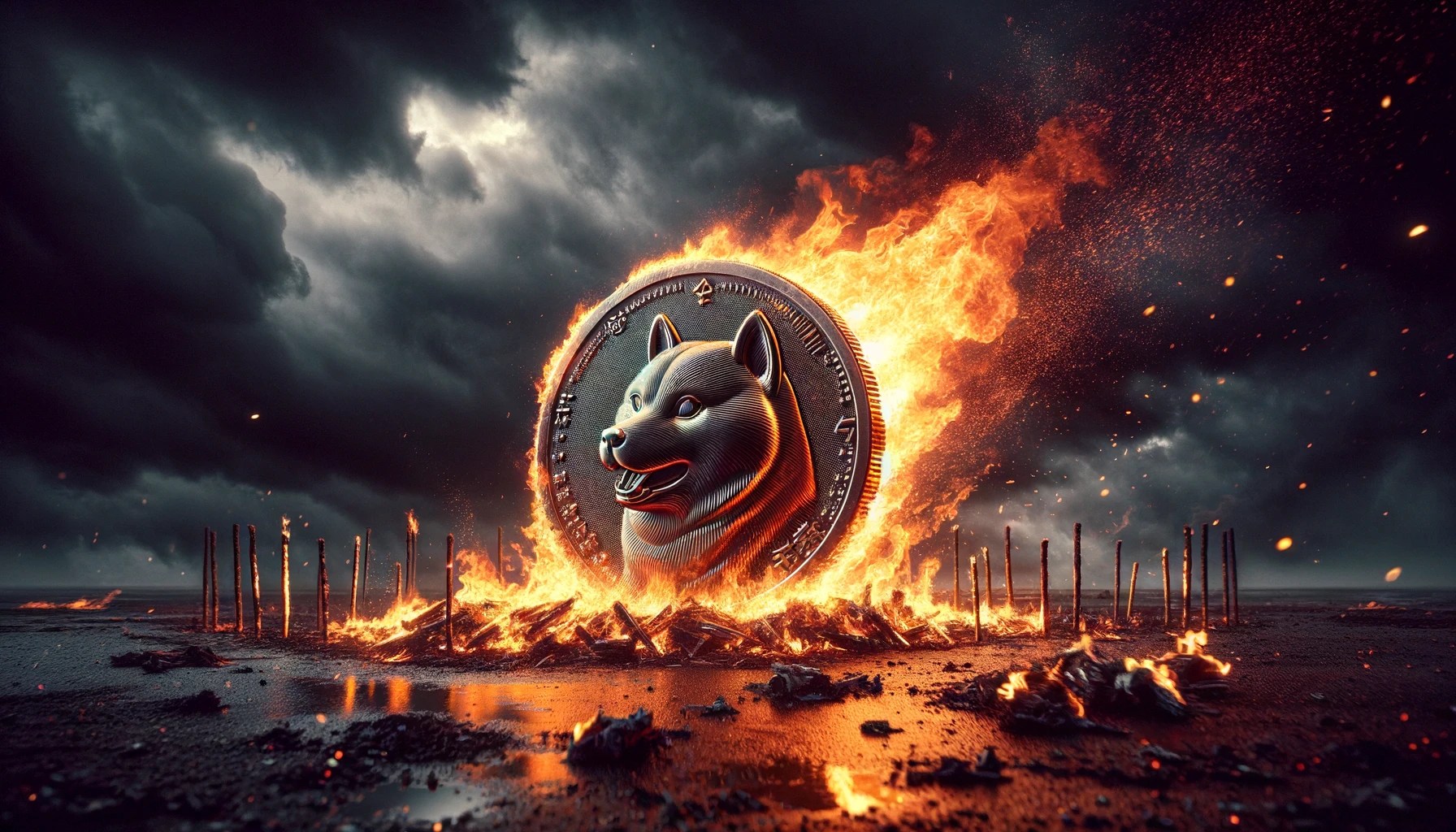
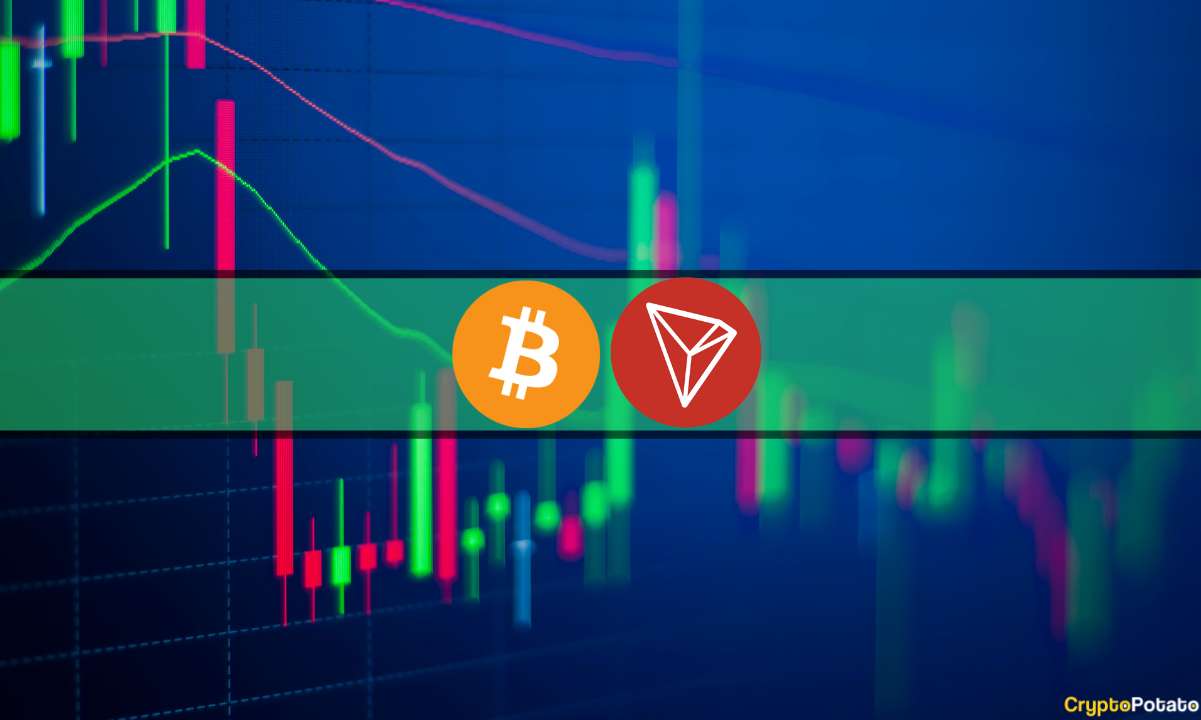
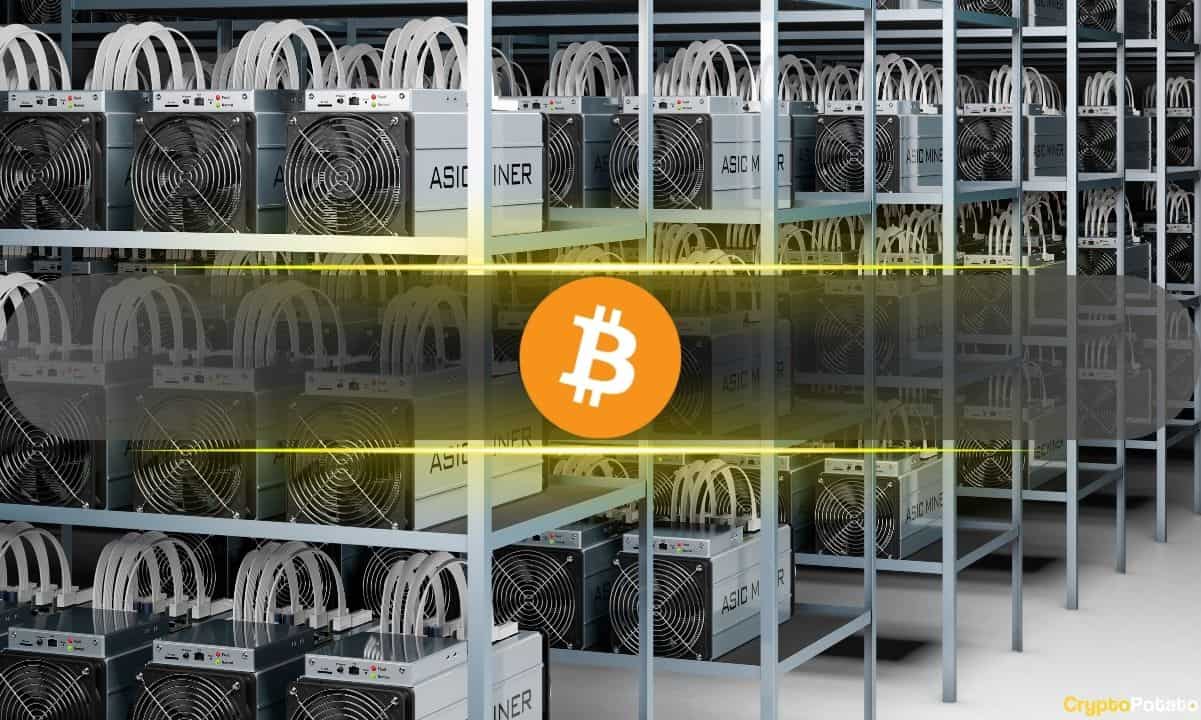
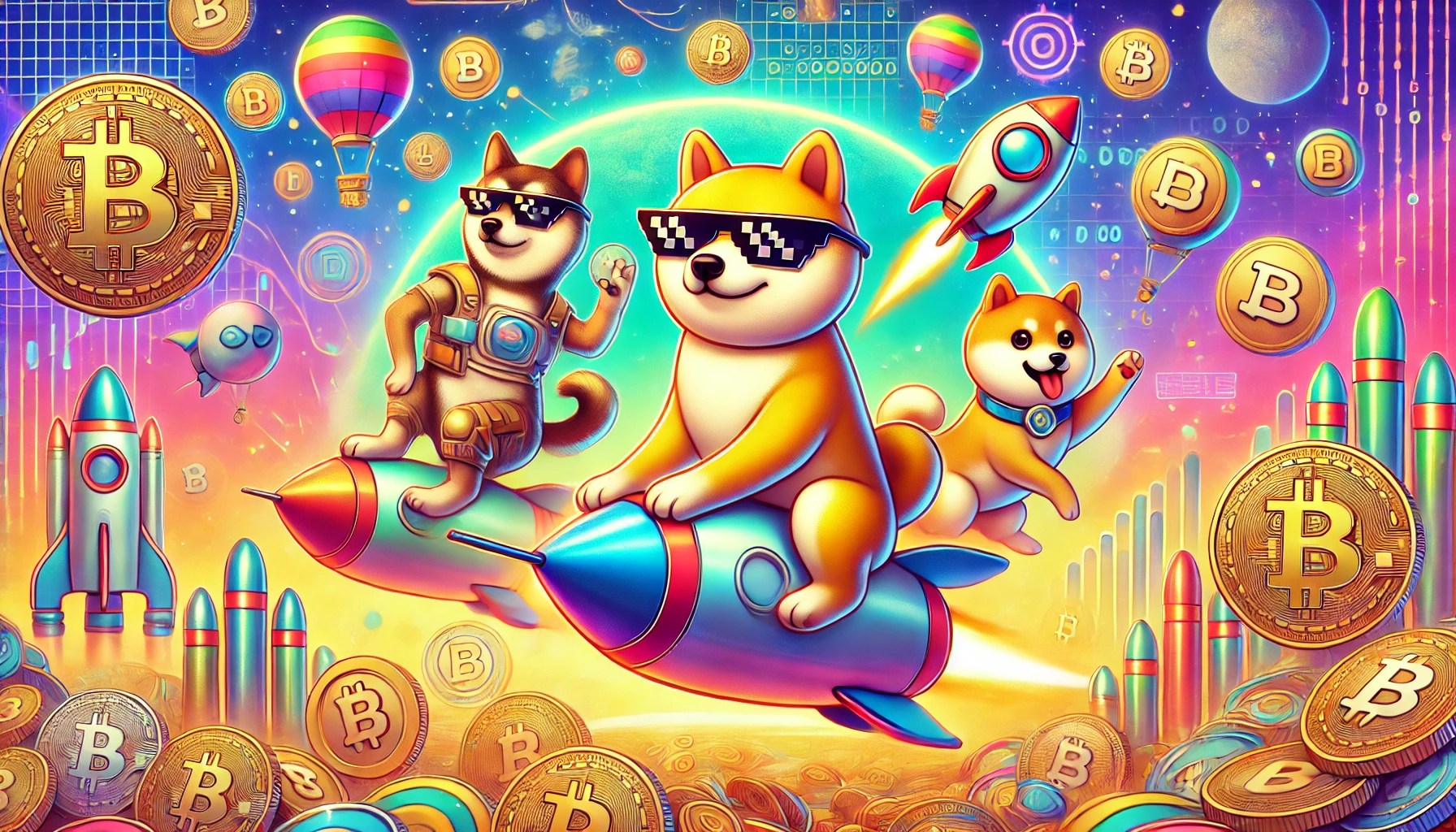
 English (US) ·
English (US) ·